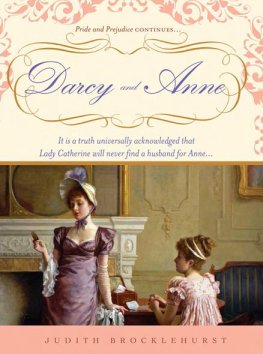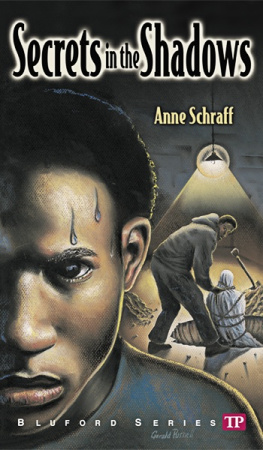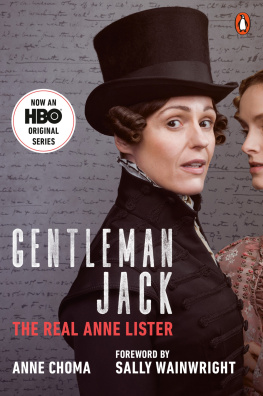

The Fire Within
Copyright 1981, 2000, and 2017 by Joe David. Birdie (Chapter 4) was published in 1973 by two college literary magazines, Aldebaran and Graffiti, Copyright 1973 by Joe David.
All rights reserved. This book or any part thereof may not be reproduced in any form without the written permission of the author.
Revised Edition
Library of Congress Card Number: 00-192155
Print ISBN 0-939360-04-7
Print ISBN 978-0-939360-04-8
Kindle eBook ISBN 978-0-939360-07-9
EPUB ISBN 978-0-939360-12-3
Printed in the United States of America
Jacket and cover designed by Richard Garza
Books for All Times, Inc.
Post Office Box 202
Warrenton, Virginia 20188
www.bfat.com
He who has done his best for his own time has lived for all times.
Friedrich Schiller
Authors Note
The Fire Within was first published in 1981. What I said then is still true today. Although I made a few editing changes to this edition, I have not changed the content.
Each one of my changes is minor. My purpose was to tighten the copy and provide the reader with a faster, smoother read so that I could showcase the wrenchingly human story and theme many of my reviewers recognized and appreciated in the original.
I believe because of the storys honest, clear voice The Fire Within will always be read. The conflict conveyed is fundamental, and it will exist as long as government controls education and maintains a stranglehold on America. For its current admirers, and for readers to come, I proudly present my final revision of The Fire Within.
Joe David
June 2016
Those who corrupt the public mind are just as evil as those who steal from the public purse.
Adlai Stevenson
Speech, Albuquerque, New Mexico
September 21, 1952
To the Anne Hartes
Audiovisual teaching creates
Push-button freaks says Steele

Acting School Superintendent Dr. Marshall Steele last night warned parents at Kennedy High School that the controversial audiovisual center, proposed by School Board President Richard Lathan, would discourage students from interrelating and would cause their demise as humans by turning them into push-button freaks.
At the meeting, Steele stressed that the best way to reverse the declining interest in learning would be to spend the $10 million federal grant, earmarked for innovative programs, not on an audiovisual center, but on the salaries and expenses for a student panel.
Students arent learning, Steele went on to say to a packed auditorium, because the impersonal schools, which the huge bureaucracy has created, are frustrating them by not permitting them a voice in their education.
Chapter 1
Anne Harte gasped upon seeing the large wall painting behind the mahogany desk. The painting, done in an abstract-expressionist style of fragmented images, was of a woman either bathing or masturbating. Because the images lacked clear definition, one moment the painting appeared to be innocent, the next moment pornographic. Sitting beneath the painting, leaning over the desk and massaging his temples, was a man who, without looking up, asked Anne to sit down. As she approached a red-leather armchair to his left, he dropped his arms and stared at her like someone with blurred vision who hadnt had enough coffee or sleep to sober him after a long night of drinking.
Despite the lines undulating across his forehead and from the corners of his eyes, he couldve been either in his late thirties or fifties, prematurely old from dissipation or freakishly young through good luck. By popular standards he was quite handsome, the type who would appeal to most women Annes age as a sensual father type. To Anne, though, he was just the personnel director for the Board of Education. At least this was her first thought. More specific thoughts came to mind when he awakened from his stupor and stared at her legs, then slowly and thoroughly at the rest of her.
As she sat in what appeared to be a sturdy armchair, she felt her body sink deeply into the featherlike seat. Before realizing it, she found herself slumping into an awkward position with her legs apart, and him observing her almost studiously. For one violent moment she hated him and his innocent-looking chair. Without revealing this, however, she pulled herself up and perched on the edge of the chair.
His questions, as he casually interviewed her, were as cleverly worded as the chair was cleverly designed. If she answered one way, she was saying yes to a sexual overture, another way, no. While interviewing her, he leaned back in his chair, tilting it toward the painting, and continued to look at her legs. She knew by his smile that he saw more of her legs than she cared to show. Yet she made no effort to change her position. She merely answered his questions appropriately and conveyed, when their gazes met, a polite but firm no to his overture.
Without appearing discouraged by her attitude, he pulled his chair forward, cleared his throat, then began to tell her about the job opening at the all-black Church Junior High School and about the six teachers who had recently quit, one after nearly being raped.
Of course, he said with the suggestion of a smile, the student never really tried to rape her. It was just one of those misunderstandings a simple case of a teacher over-reacting.
What about the other five? she asked. What were their reasons for quitting?
To be honest, he said, they just didnt agree with the principal on certain key issues.
I see.
Do you? Again he leaned back in his chair, brazenly observing her legs. Well, I have another opening in a predominantly white school district. But, it requires experience. He began to free a smile. Do you have experience, Miss Harte?
I do. But not the type that will qualify me for that job.
Then the best I can offer you is a teaching job at Church. Do you mind being in the minority at an all-black, inner-city school?
No problem, she said. Ill take it.
A row of stores, gutted by fire during the riots, lined the street like a block-long brick shell ready to collapse. Covering these stores, where once there were windows and doors, were sheets of plywood. Painted on the plywood were murals of angry-looking black men with raised fists, some with rifles, leading an army through a city ravished by fire and looting.
Anne was surprised to see how extensive the destruction was. Just as she was about to take a closer look at the murals, she noticed several black men observing her. To avoid unwanted attention, she quickly continued down the street toward Church Junior High School.
An American flag, hanging from a pole attached to a second-floor window sill, and a modernistic sculpture, resembling a 20-foot flame in twisted metal, were all that distinguished the school, a shoebox of glass and stone, from all the other newly built shoeboxes in the city. As Anne neared the school, it looked to her as though the flame was consuming the flag. When she paused to study the sculpture, she pushed aside several strands of her blonde hair, which the wind blew across her mouth. Several black teenagers, referring to her as a honky, began to make menacing gestures. Without revealing her discomfort, she walked past them and entered the school through a green metal door, spray-painted with obscenities.














